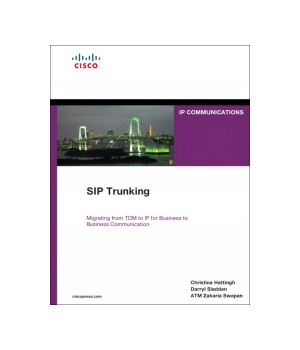

The Caller Line Identity (CLI) in the From header will be used to determine where the call originates from, and if a surcharge is needed. The legislation dictates that calls made from outside the European Economic Area (EEA) to the EEA are charged differently from calls placed and received inside the EEA. Origin-based surcharging is the standard in many European countries. Please note that for the P-Asserted-Identity we only support the tel URI (RFC 3966 5.1.4 global numbers) in E.164 format.įor number presentation and billing, we normally use the From header, unless the P-Asserted-Identity header is present, in which case, that takes precedence. Instead, you must use the settings as follows: We do not support hidden number presentation by using the P-asserted ID header in combination with the Privacy header. When used in the P-Asserted Identity header, they must have a leading + symbol. When used in the FROM header, they may or may not have a leading + symbol.

RFC 3550 RTP: A Transport Protocol for Real-Time Applications.RFC 3325 P-Asserted identity header field.RFC 4458 SIP URIs for applications such as voicemail and interactive voice response (IVR).

RFC 3666 SIP Public Switched Telephone Network (PSTN) call flows.RFC 5658 Addressing Record-Route issues in SIP.RFC 3824 Using E.164 numbers with the SIP.RFC 3326 The Reason header field for the SIP.RFC 3262 Reliability of provisional responses in SIP.RFC 3261 SIP: Session Initiation Protocol.The following SIP RFCs are supported by MessageBird: Learn about how multi DTMF is integrated with Flow Builder. MessageBird supports the following DTMF RFCs: Other multi-frequency systems are used for internal signaling to the telephone network. The version of DTMF that is used for telephone tone dialing is known by the trademarked term Touch-Tone and is standardized by ITU-T Recommendation Q.23. Each dual-tone represents a specific number, so the switching center knows which number has been dialed, or which option has been selected from an IVR menu. For every number that is pushed, two tones within the voice frequency band, one high-frequency and one low-frequency, are sent to the call switching center. MessageBird supports the following codecs for SIP Trunk solutions:ĭual-tone multi-frequency (DTMF) signaling is a technology used for making calls and navigating Interactive Voice Response (IVR) menus. SIP Trunk Termination allows you to place calls from your environment to the PSTN, anywhere in the world.Ī Voice over Internet Protocol (VoIP) codec is a technology that determines the audio quality, bandwidth, and compression of VoIP phone calls. SIP Trunk Origination allows you to receive inbound calls from the Public Switched Telephone Network (PSTN) to your environment, using either Numbers purchased from us, or your own ported numbers. We offer the following SIP Trunking solutions: SIP Trunk Origination solution Read the following topics to get you up to speed before moving on to configuring your origination SIP-Trunk and configuring your termination SIP Trunk. MessageBird’s SIP Trunking solution allows you to make and receive calls via a broadband internet connection.


 0 kommentar(er)
0 kommentar(er)
